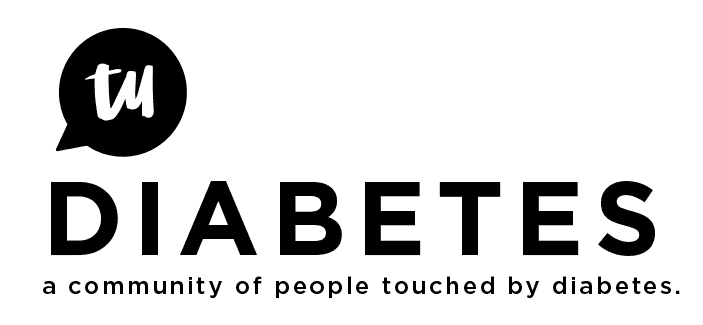So sorry to hear of your diagnosis. It's such a hard disease to get "used to," and things change so much - I have found online support key to what I know and I how I cope, so I'm glad to see you here!
So I agree with what many people have already said here about the benefits and drawbacks of using a pump. I think with a growing boy, the option of eating more, or snacking more is a key benefit of using a pump. We went to a picnic right after starting the pump and my son was so excited to just get to think about dessert AFTER eating his main meal - instead of trying to get everything counted and figured out before he got to eat anything.
He didn't want to pump for his first year after diagnosis, but there is no way he would go back to not pumping now. There is also no way he would go to a tubed pump. I'm pretty sure he'd still choose MDI over a tubed pump (although as a parent I'd still rather have any pump) I didn't push him, because I wanted him to be the one who decided, but every time he would complain about me having to give him extra shots for more food, I would point out that if he had a pump we would be pushing a button instead of giving a shot. I made it clear that I didn't care which way we did it, but if it bothered him that much then maybe we should at least try the pump to see if he liked it.
I think in making your choice you need to include him at whatever level you are comfortable including him. I don't see how old he is, but it looks like he's old enough to help decide if he's figuring out his insulin doses already.
Some thoughts on the systems I think are the most popular (and somewhat based on what I knew when we were making the decision a year and a half ago):
The animas has the smallest dosage available, which in the early stages and with younger kids, is definitely a pro.
Another issue is how long the pump assumes the insulin is in your system when you use it to help calculate dosages. The omnipod gets praise and criticism because it does it differently. Basically, if you bolus for your food, and then eat an hour later, the omnipod won't subtract the insulin you just took from the next dose. Other pumps at least let you know how much insulin is "on board" so you don't take too much. The omnipod assumes that if you have insulin on board, then you probably have food on board that will take care of the insulin. In reality somewhere in between is what we need, but there isn't a perfect way of calculating it.
Lastly, the minimed has it's own continual glucose monitor which "talks" to the pump to help manage everything together. If you go to their website you can see how it works. Unfortunately the people I know who have tried it don't like it. It has a larger insertion needle than other CGMs, only lasts 3 days (I think) so that you change it with the pump site, and it's not as accurate as the other cgms on the market. I do know a couple of people who like it, but most people I know don't use it even if they have it. The Omnipod and Animas both are supposed to be working with Dexcom to coordinate the CGM with them - but I would strongly encourage you not to choose a pump based on "upcoming developments." They usually are much farther away than they say they are, and they can even be totally gone if the FDA decides not to approve them, or if funding or agreements change.
